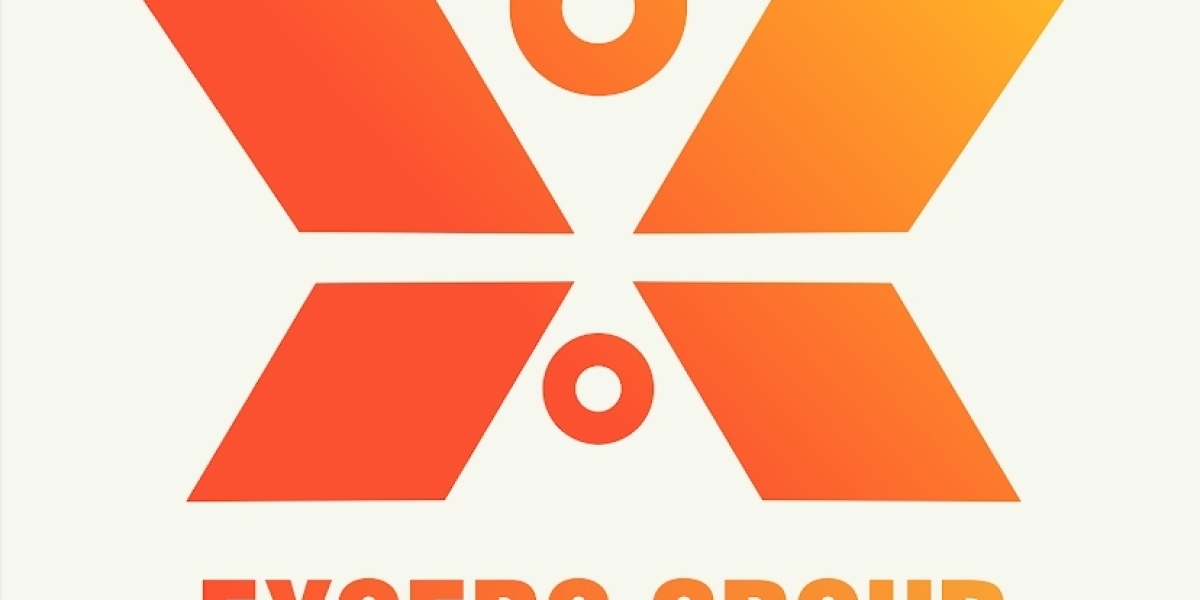The automotive brake fluid market is a prime example of a high-volume, high-stability industry that is essential to global transportation. The Automotive Brake Fluid Market Size, which measures the total annual global revenue from the sale of these critical hydraulic fluids, is a significant multi-billion-dollar industry. As of late 2025, this market is valued at approximately $1.4 billion to $2.9 billion USD globally, with a consensus pointing towards steady and resilient growth. (Note: Some market reports provide vastly different valuations, such as $600B+, which appear to erroneously include the entire brake system market. The more focused, billion-dollar valuation is specific to the fluid itself).
This valuation is built on the massive, non-discretionary demand from the global aftermarket, as brake fluid is a safety-critical service item with a fixed replacement cycle. With the global vehicle fleet exceeding 1.5 billion units and new safety technologies requiring higher-performance fluids, the market's value is well-supported and growing.
Deconstructing the Market Size: Where Does the Value Come From?
The market size is a product of the total volume of fluid sold and its average price per litre. Market Size = (Total Litres Sold) x (Average Price per Litre)
The Aftermarket Dominance (The Volume Driver):
The aftermarket (replacement market) is by far the largest segment, accounting for the vast majority of the market's revenue.
Why? A new car receives one "first fill" of brake fluid at the factory. That same car, over a 15-year lifespan, will require a complete brake fluid flush and replacement every 1-2 years. This creates a massive, recurring demand from the existing fleet. Every service center, dealership, and independent garage in the world is a constant customer.
The OE Market (The "First Fill" Base):
The Original Equipment (OE) market, which supplies fluid for new vehicles, provides a stable, high-volume baseline of demand that is directly tied to global vehicle production figures.
The Value Driver (Premiumization):
The market's value is also growing as the type of fluid in demand shifts. The market is moving away from the cheapest, most basic DOT 3 fluid.
The widespread adoption of Anti-lock Braking Systems (ABS) and Electronic Stability Programs (ESP) has driven a massive shift towards DOT 4 and, increasingly, low-viscosity DOT 4 LV fluids. These advanced systems require a fluid that can flow quickly through very small valves, especially in cold weather.
These higher-performance fluids command a higher price per litre, pushing the total market's revenue up even if the total volume only grows modestly.
Market Size by Key Segments
By Fluid Type:
DOT 3 & DOT 4 (Glycol-Based): This combined segment is the undisputed king, accounting for over 98% of the total market. DOT 3 still holds a large share due to its use in older vehicles and in some new vehicles in price-sensitive markets. DOT 4 is the dominant standard for most new vehicles.
DOT 5.1 (Glycol-Based): A high-performance, high-boiling-point glycol fluid. This is a fast-growing niche for performance vehicles, heavy-duty trucks, and EVs.
DOT 5 (Silicone-Based): A very small, niche segment, primarily used in classic cars and some military vehicles. It is not a significant contributor to the overall market size.
By Vehicle Type:
Passenger Cars: The largest segment by volume, due to the sheer number of cars on the road.
Commercial Vehicles (LCVs & HCVs): A highly valuable segment. Heavy-duty trucks and buses require high-performance fluids (like DOT 5.1) and larger volumes per service, contributing significantly to revenue.
Two-Wheelers: In markets like India, the mandatory adoption of ABS in motorcycles over 125cc has created a massive new, high-growth market for brake fluid, adding tens of millions of new "customers" to the aftermarket.
By Region:
Asia-Pacific (APAC): This is the largest and fastest-growing regional market. This is driven by its massive vehicle fleet (China, India), high new vehicle production, growing consumer awareness about maintenance, and the implementation of new safety standards.
Conclusion The Automotive Brake Fluid Market Size is a powerful, stable, and growing global industry. Its foundation is the non-negotiable need for safety and maintenance in the world's massive vehicle fleet. Its growth is being fueled by the adoption of more advanced, higher-value fluids required by modern vehicle safety systems.
Frequently Asked Questions (FAQ)
Q1: What is the estimated global market size for automotive brake fluid in 2025? A1: As of 2025, the global automotive brake fluid market is estimated to be valued between $1.4 billion and $2.9 billion USD annually. (Note: Some outlier reports give much higher numbers, but these often mistakenly include the entire brake system, not just the fluid).
Q2: Which is the largest part of the market: new fluid for factories (OEM) or replacement fluid (Aftermarket)? A2: The Aftermarket (replacement market) is by far the largest and most valuable segment, accounting for the vast majority of all revenue. This is because the 1.5 billion+ vehicles on the road require a complete fluid replacement every 1-2 years, creating a massive, recurring demand.
Q3: Which type of brake fluid has the largest market size? A3: The glycol-based fluids (DOT 3, DOT 4, and DOT 5.1) completely dominate the market, holding over 98% of the share. Within this, DOT 3 and DOT 4 are the highest volume products, with DOT 4 and DOT 5.1 being the fastest-growing in value. DOT 5 (silicone-based) is a very small niche market.
Q4: How does the Indian two-wheeler market impact the brake fluid market size? A4: It has a significant positive impact. The mandating of ABS and CBS systems for two-wheelers has created a massive new market for hydraulic brake fluid, as millions of new motorcycles and scooters now require this fluid for both their first fill and regular aftermarket servicing.







